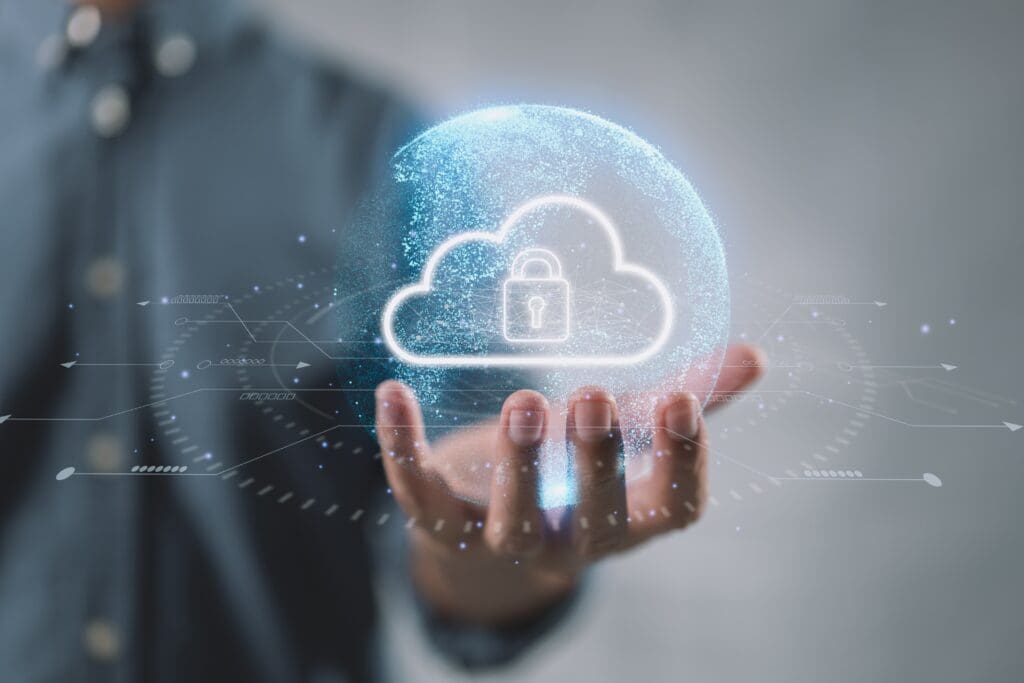 World Backup Day, recognized on March 31 every year, serves as a reminder for managed service providers (MSPs) to reprioritize their client’s data security. As the threat landscape continues to evolve and cyber attacks grow increasingly sophisticated, a robust and agile backup strategy becomes critical.
World Backup Day, recognized on March 31 every year, serves as a reminder for managed service providers (MSPs) to reprioritize their client’s data security. As the threat landscape continues to evolve and cyber attacks grow increasingly sophisticated, a robust and agile backup strategy becomes critical.
Why are backups vital in today’s threat landscape?
Another wave of ransomware is all but inevitable. As technological advancements lower the entry barrier for cybercrime, it will increase in frequency. Threat actors attempted 623.25 million attacks in 2021 alone.
Many people have personally experienced data loss. According to the Cybersecurity and Infrastructure Agency, 47 percent of adults in the U.S. have been affected by breaches. As cybercriminals grow bolder, they will likely expand their targets and increase their demands.
Data exfiltration and encryption-based attacks are becoming more common and are evolving rapidly. Although this information may make managing your client’s IT infrastructure feel daunting, you can safeguard their critical information assets with backups.
What backup strategy would you recommend?
While dozens of backup and recovery trends exist, only some will be useful to you. Even though implementing the latest strategies may be tempting, you first must decide whether they align with your client’s size and needs.
Automation backup and recovery relies on artificial intelligence to perform backups without manual intervention. You can set it to respond to specific triggers or initiate once a certain period has passed.
Another method of minimizing manual intervention requirements is continuous backups. It stores data in near or real-time, substantially mitigating the risk of data loss. You should consider implementing this strategy if your clients have small amounts of sensitive data.
The incremental strategy is the ideal middle-ground if your clients have a large amount of data. They capture changes made since the last backup, drastically reducing storage requirements and resource utilization.
You could also use the serverless strategy to execute backups on command without managing a dedicated server. Instead, your client’s data is sent directly to a cloud servicer. It’s a cost-effective and scalable alternative to on-premises solutions.
Encryption is becoming more popular — despite being more time-consuming — because it minimizes the damage various man-in-the-middle and credential attacks can do. In fact, eight in 10 organizations report they’ve extensively or partially deployed this technology for backups. You’d be wise to leverage it to safeguard proprietary information or sensitive data.
The blockchain is one of the latest data backup and recovery practices, so it isn’t widely used yet. However, the proof-of-concept might interest you. Being able to make backups on an immutable, decentralized peer-to-peer network might make your job as an MSP more seamless.
You must recognize the importance of a multi-layered backup solution. Often, leveraging multiple solutions simultaneously to better safeguard against ever-evolving threats and lower the chances of data loss is a good rule of thumb.
What should I look for in a backup strategy?
Whatever strategy you choose, there are a few critical aspects your backup solution should have. Even if you implement the latest techniques, you should still consider using the best practices to prevent gaps. A mix of emerging and proven tactics can help you succeed.
While maintaining integrity is a fundamental principle of backup and recovery, trigger-based and continuous systems may not catch all issues. Establish detection protocols before beginning the backup process to ensure you don’t back up corrupted or infected client data.
Regular backup testing is another way to maintain integrity and ensure quick post-breach restoration. Data loss, corruption, and infection can be introduced at any point, even if you follow best practices, so routine evaluations are ideal.
The 3-2-1 rule is considered the standard because it works. Whatever backup strategy you implement, you should make three copies of data on two separate types of storage media. You should have at least one offsite backup to prevent theft and physical damage.
Cloud-based and hybrid systems are another consideration. If you have a trusted third-party service provider, backing up client data on remote servers is best for accessibility and scalability. Having said that, a mix of on-premises and offsite storage may better prevent data loss.
How can I convince clients to add backup solutions?
Since you manage your client’s IT processes, you know their data security goals and gaps better than anyone else. Whether you want to secure more funding or get the go-ahead for a new strategy, the responsibility of raising awareness falls to you.
Educating your clients about emerging threats and the potential for data loss can help them recognize they need to add backup solutions. Since you’re aware of business-specific threats, you can inform them of specific, relevant risks to their sensitive data and proprietary information.
Statistics, facts, and risk assessments can encourage your clients to act. Explaining how the latest backup and recovery practices can secure a better return on investment, help them achieve their recovery time objective, and accelerate maintenance processes can help.
Consider the business-specific benefits of leveraging the latest backup and recovery practices and then educate your clients about them. How would an AI-driven strategy fill in their data security gaps? What would they gain from implementing hybrid cloud systems? Answer their likely pressing questions and present your report in an easy-to-understand format.
How do I explain how vital backup and recovery is?
Convincing your clients of the critical nature of ongoing advancement can be challenging if they’re content with their current strategy. You know they need robust, agile backup protocols to safeguard against emerging threats, but how do you tell them that?
Aside from showing them the hard facts related to financials and operational processes, consider educating them further about emerging threats. For example, you could explain how businesses take an average of 287 days to fully recover from a ransomware attack — and how proper backups could reduce that figure to near zero.
You can combat emerging threats with proven strategies
World Backup Day is the ideal time to educate your clients and emphasize the importance of a dynamic, robust backup strategy. Encourage them to get on board with the latest trends and practices to better safeguard against emerging threats, maintain data integrity, and ensure rapid restoration post-breach.
Photo: UnderhilStudio / Shutterstock

